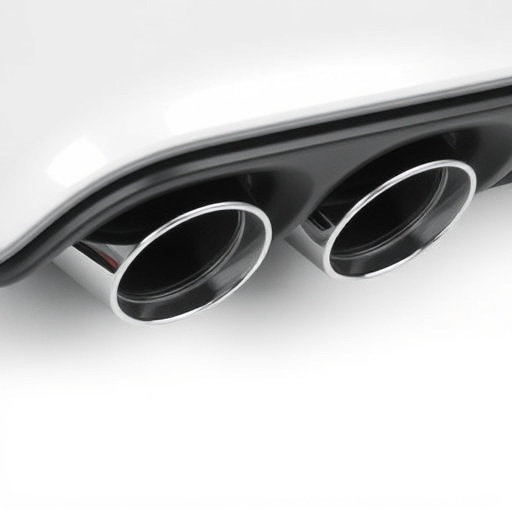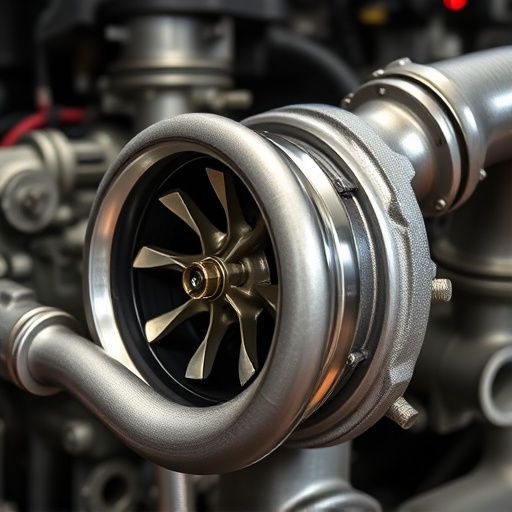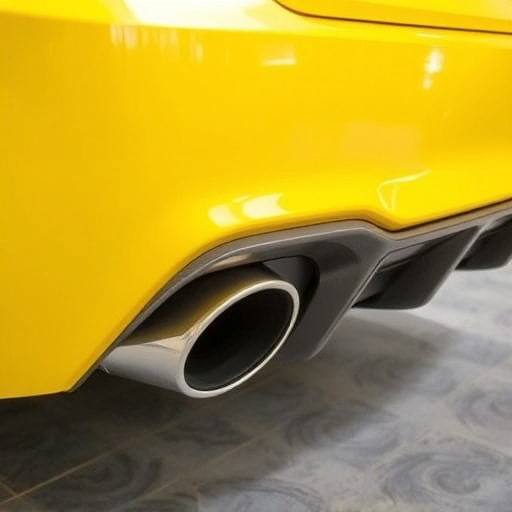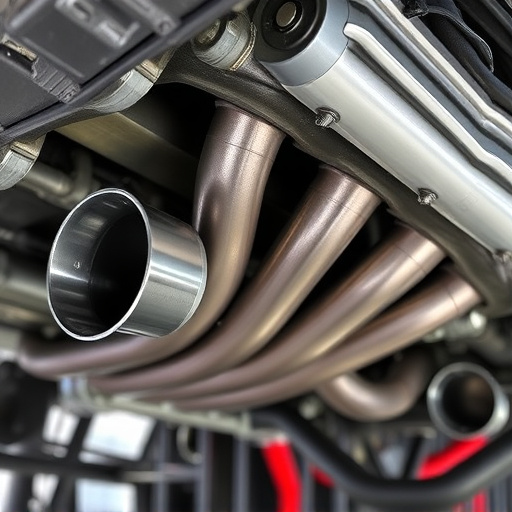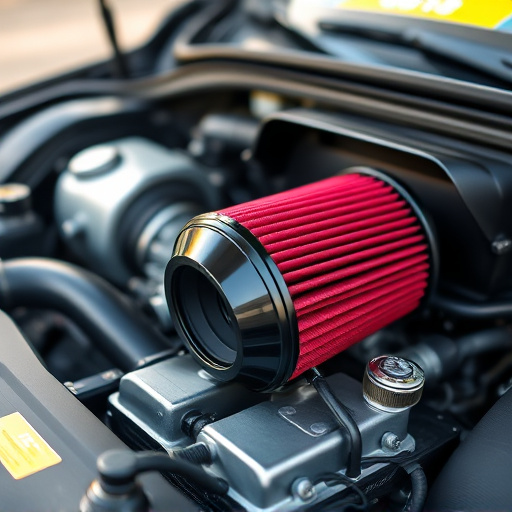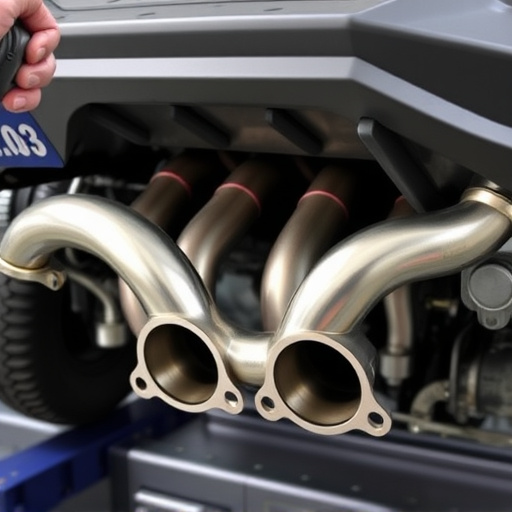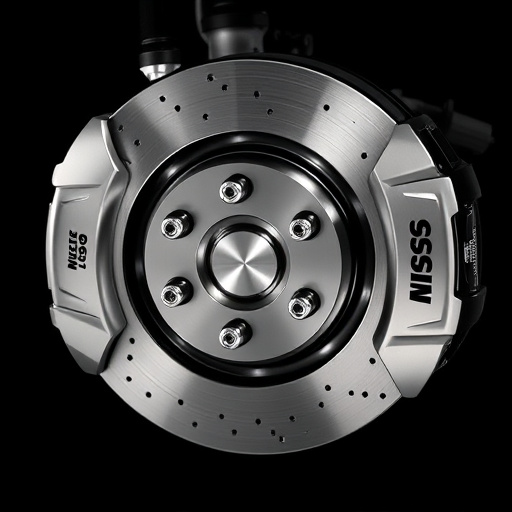Engine air intake systems, such as Cold Air Intake (CAI) and Short Ram Intake (SRI), significantly enhance vehicle performance and efficiency. CAI pulls cooler, denser oxygen-rich air from outside through larger openings, ideal for turbocharged or supercharged vehicles, boosting power by up to 10 horsepower. SRI intercepts air directly from the engine bay using a smaller design for quicker response times and improved throttle sensitivity. Both offer unique advantages, with CAI featuring efficient air filters and SRI requiring less frequent filter replacements. These systems cater to diverse driving conditions and needs, providing tailored benefits for optimal engine performance.
In the pursuit of optimal vehicle performance, understanding engine air intake systems is paramount. This article delves into two popular choices: Cold Air Intake (CAI) and Short Ram Intake (SRI). We’ll explore the fundamentals of engine air intake systems, uncover key differences between CAI and SRI, and analyze their impact on performance and efficiency. By the end, you’ll be equipped to make an informed decision for your vehicle’s air intake upgrade.
- Understanding Engine Air Intake Systems
- Cold Air Intake vs Short Ram Intake: Key Differences
- Performance and Efficiency Considerations
Understanding Engine Air Intake Systems

Engine air intake systems are a critical component of any vehicle’s performance and efficiency. They facilitate the flow of atmospheric air into the engine, which is then compressed and mixed with fuel for combustion. Two common types of intakes include cold air and short ram systems, each offering distinct advantages in terms of power output and driving experience.
Understanding how these systems operate begins with recognizing their roles. Cold air intake (CAI) systems draw air from outside the vehicle, often through an opening in the fender or under the hood, to provide a cooler and denser supply of oxygen to the engine. This is particularly beneficial for vehicles designed for performance, as cooler air has higher oxygen content, enhancing fuel combustion. Conversely, short ram intakes (SRI) modify the factory intake by reducing the length of tubing, aiming to increase airflow velocity without changing the overall volume. While SRI may not offer the same level of temperature drop as CAI, they can still provide a boost in power and torque, especially in vehicles with turbocharged or supercharged engines. Furthermore, some performance exhaust systems incorporate advanced air intake technologies, such as high-flow filters and optimized air distribution, to further enhance engine performance.
Cold Air Intake vs Short Ram Intake: Key Differences

When comparing cold air intake (CAI) and short ram intake (SRI), a key difference lies in their design philosophy. CAI systems draw cold, dense air from outside the vehicle, often through a larger opening, to maximize oxygen intake for better engine performance. This design requires less restriction, making it ideal for vehicles with turbochargers or superchargers that demand increased airflow. On the other hand, SRI systems intercept the air flow directly from the engine bay, using a smaller, ram-air design to boost power without needing external cold air sources.
While both systems aim to enhance engine air intake, they approach it differently. CAI prioritizes drawing in cool, heavy air for optimal combustion, while SRI focuses on increasing pressure and airflow within the existing engine bay environment. Furthermore, CAI often includes performance air filters that can improve airflow efficiency, whereas SRI may require less frequent filter replacements due to its direct air draw. Unlike brake pads or muffler tips that wear out over time, these intake systems offer distinct advantages tailored to specific driving needs and conditions.
Performance and Efficiency Considerations

When comparing cold air intake (CAI) and short ram intake (SRI) systems, performance and efficiency are key considerations for any car enthusiast. Both modifications aim to enhance engine airflow, but they do so in distinct ways. CAI systems route intake air from outside the vehicle through a filter before entering the engine, providing cooler and denser air that can increase power output by up to 10 horsepower. This is particularly beneficial for vehicles with stock air filters that become restrictive over time.
On the other hand, SRI systems extract air directly from the engine bay, often utilizing a larger opening in the fender well or hood. While this can result in a slightly warmer intake temperature compared to CAI, SRI offers quicker response times due to reduced air travel distance. This direct approach can lead to improved throttle sensitivity and overall drivability, making it a popular choice for those seeking an instant power boost without significant temperature concerns. Additionally, some SRI systems come with performance-tuned muffler tips, enhancing both sound and engine performance.
When it comes to enhancing your vehicle’s performance, both cold air intake (CAI) and short ram intake (SRI) systems offer distinct benefits. CAI systems provide a more substantial and cooler air supply, improving density and combustion efficiency. On the other hand, SRI kits focus on reducing restrictions, allowing for quicker air flow at higher RPMs. Choosing between them depends on your driving style and preferences. For daily drivers seeking a subtle yet efficient boost, SRI might be ideal, while off-road enthusiasts or those after significant power gains may favor CAI’s capabilities. Ultimately, understanding the engine air intake system that aligns with your needs will contribute to a more satisfying and responsive driving experience.
